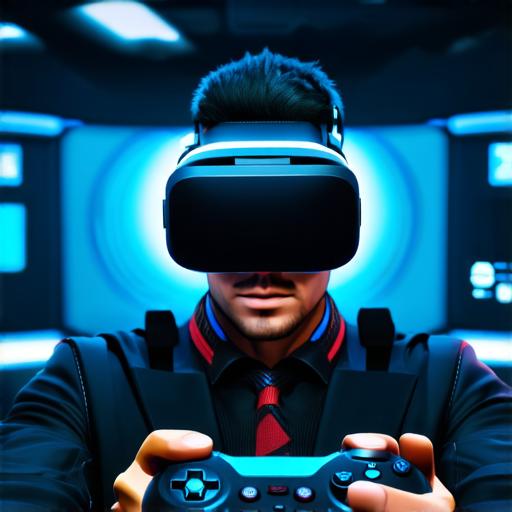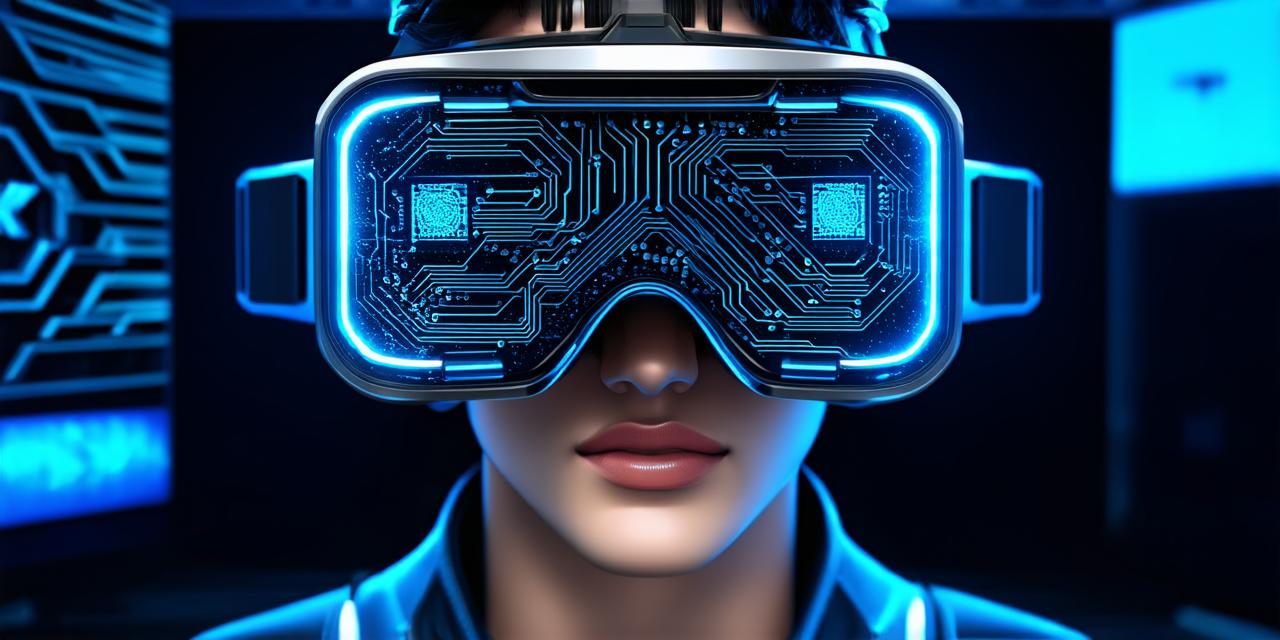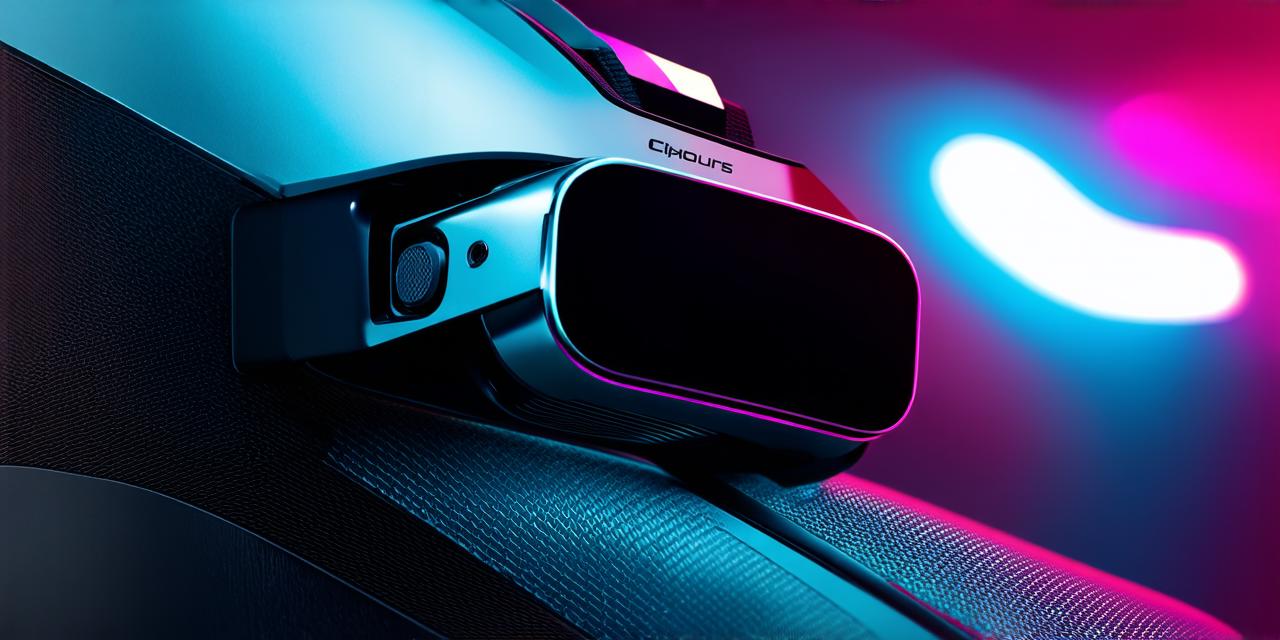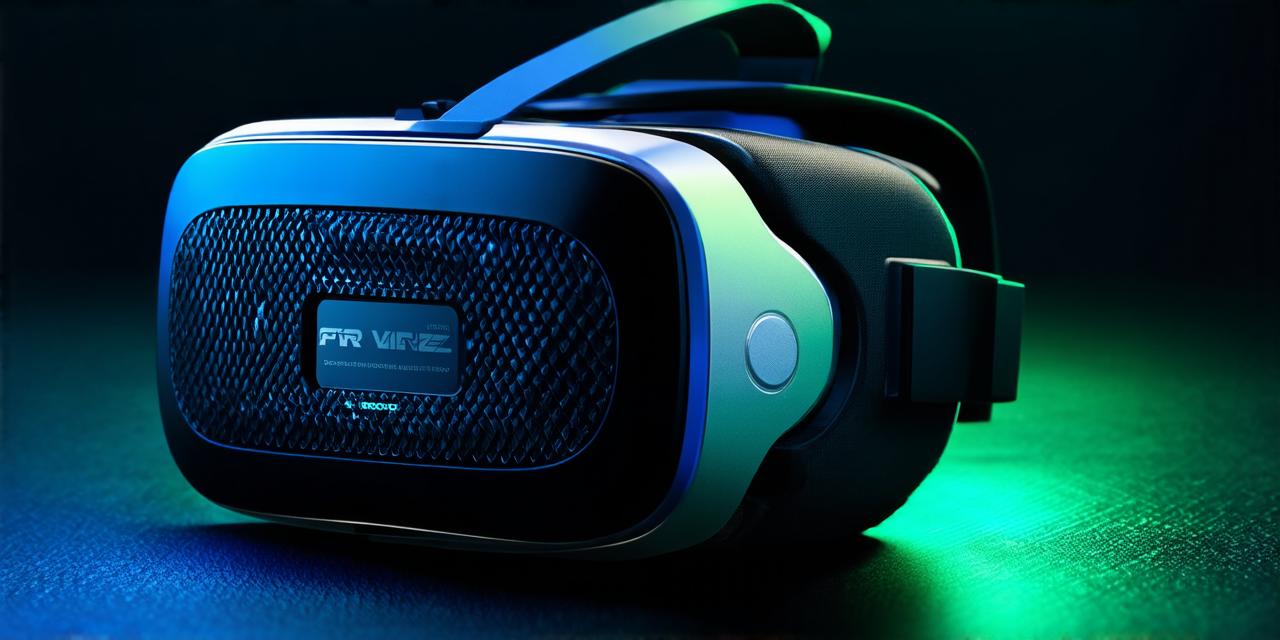Virtual reality (VR) is a computer-generated simulation of a 3D environment that can be interacted with using specialized equipment, such as headsets or gloves equipped with sensors. In this article, we will explore how virtual reality technology works and how it can be used for various applications.
Hardware Components:
The core component of VR is the headset, which tracks the movement of the user’s head using sensors and displays a 360-degree view of the virtual environment. Other hardware components include motion controllers, which track the user’s hand movements and allow them to interact with virtual objects, and tracking cameras, which monitor the user’s body position and orientation.
Software Components:
The software component of VR is the virtual environment itself, which is created using specialized 3D modeling software. The virtual environment can be customized to fit the needs of a particular application or user. Other software components include rendering engines, which display the virtual environment in real-time, and input devices, which allow users to interact with the virtual environment.
Tracking and Sensing:
One of the key aspects of VR is tracking and sensing the movement of the user. This is achieved using a combination of sensors and algorithms that detect changes in the user’s head position, hand movements, and body orientation. This information is then used to update the virtual environment in real-time, allowing the user to interact with the virtual objects in a seamless and natural way.

Display Technology:
Virtual reality displays use specialized technology, such as OLED or LCD panels, to display a 360-degree view of the virtual environment. These displays are typically mounted on the headset and provide high-resolution visuals that simulate a realistic environment. Some VR displays also use haptic feedback technology to provide tactile sensations, such as vibrations or force feedback, which enhance the user’s immersion in the virtual environment.
Applications:
Virtual reality technology has a wide range of applications across various industries, including gaming, education, healthcare, and training. In gaming, VR provides an immersive and interactive experience that allows players to feel like they are part of the game world. In education, VR can be used to provide students with virtual field trips or simulations that allow them to learn about history, science, and other subjects in a more engaging and hands-on way. In healthcare, VR can be used for therapy and rehabilitation, as well as for medical training and simulation. In training, VR can be used to simulate real-world scenarios, such as flying or driving, allowing trainees to practice their skills in a safe and controlled environment.
Summary:
Virtual reality technology is a powerful tool that allows users to experience a computer-generated simulation of a 3D environment. The hardware and software components of VR work together to track and sense the user’s movement, display high-resolution visuals, and provide tactile sensations. Virtual reality has a wide range of applications across various industries, and its potential for use in education, healthcare, and training is vast. As VR technology continues to evolve, we can expect to see even more innovative and immersive experiences in the future.



